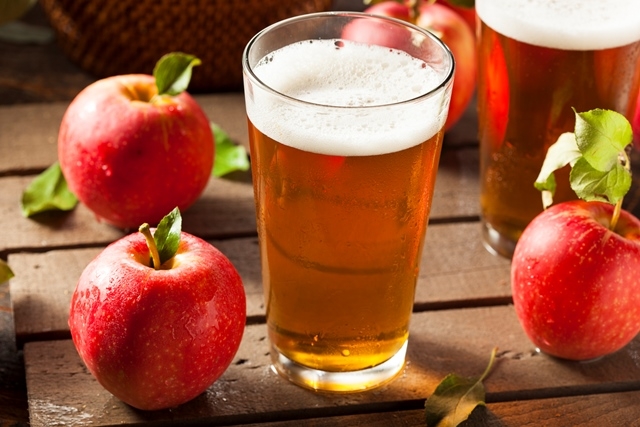
Features
Production
Research
Consumer preference work contributes to Ontario apple cider strategy
March 16, 2018 By Fruit & Vegetable Magazine
 Vineland Research Innovation Centre
Vineland Research Innovation CentreOntario consumers are thirsty for more hard apple cider, and the province’s apple sector is poised to deliver. But first, researchers are profiling consumer preference to be sure the industry serves up cider that hits the spot.
The project developed in response to research needs identified in the 2016 Cider Research and Innovation Strategy is a partnership with the Ontario Craft Cider Association and the Ontario Apple Growers. The strategy aims to see seven million litres of Ontario craft cider come to market by 2020.
“Our work is about developing a better understanding of who the cider consumer is, and the sensory, flavour and taste profiles they’re looking for in a cider,” says Amy Bowen, research director, Consumer Insights at Vineland Research and Innovation Centre (Vineland).
Bowen used Vineland’s trained sensory panel to develop a lexicon of 22 sensory attributes to describe taste, aroma, flavour, mouthfeel and colour of hard apple ciders. The same panel then applied those attributes to 50 cider brands currently available to consumers through the LCBO and Ontario cideries.
Next, 228 cider-drinking consumers rated their liking for a subset of those 50 ciders, and described each one using a provided list of terms. They also completed a questionnaire about consumption and purchase habits.
“We identified two main segments of consumers, one that was driven by sweet, fruit-forward flavour profiles, and another panel that was driven by less sweet, balanced, and more complex flavours,” Bowen says.
She notes there are significant differences in flavour and ingredients in domestic and imported ciders available to consumers through the LCBO.
Craft ciders are made from 100 per cent Ontario apples, while others are made in Canada using apple concentrate, and some imported ciders contain little fruit juice at all (less than 20 per cent).
Interestingly, two of three top-rated ciders tasted by study participants are not among the top five-selling cider brands at the LCBO.
“We want to develop ciders using 100 per cent Ontario apples that meet a sensory profile that consumers respond to,” she says. “If someone is looking for an apple cider, and they want a dry one or a sweet one, understanding those profiles allows us to be flexible in using mixes of apples that are well adapted to our industry.”
But if the industry is going to meet its growth targets, an additional 16,000 tonnes of apples – or 1.45 million trees – will be required. Work is underway to determine which apple varieties meet the climate, yield and taste profiles ideal to growing the cider industry.
“We need to think strategically,” Bowen says. “It’s a big, long-term investment to put an apple orchard in the ground. There’s a huge opportunity to look at how the apple variety mix aligns and meets the needs of this growing industry, to keep it profitable and flavourful.”
This project was funded in part through Growing Forward 2 (GF2), a federal-provincial-territorial initiative.
Print this page